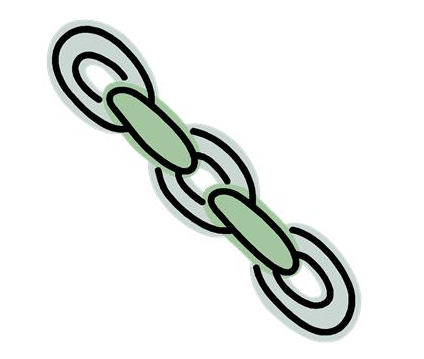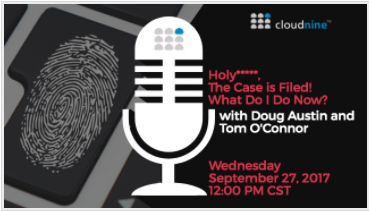Here’s a Terrific Scorecard for Mobile Evidence Discovery: eDiscovery Best Practices
As we’ve noted before, eDiscovery isn’t just about discovery of emails and office documents anymore. There are so many sources of data these days that legal professionals have to account for and millions more being transmitted over the internet every minute, much of which is being transmitted and managed via mobile devices. Now, here’s a terrific new Mobile Evidence Burden and Relevance Scorecard, courtesy of Craig Ball!
Craig has had a lot to say in the past about mobile device preservation and collection, even going as far as to say that failure to advise clients to preserve relevant and unique mobile data when under a preservation duty is committing malpractice. To help lawyers avoid that fate, Craig has described a simple, scalable approach for custodian-directed preservation of iPhone data.
Craig’s latest post (Mobile to the Mainstream, PDF article here) “looks at simple, low-cost approaches to getting relevant and responsive mobile data into a standard e-discovery review workflow” as only Craig can. But, Craig also “offers a Mobile Evidence Scorecard designed to start a dialogue leading to a consensus about what forms of mobile content should be routinely collected and reviewed in e-discovery, without the need for digital forensic examination.”
It’s that scorecard – and Craig’s discussion of it – that is really cool. Craig breaks down various types of mobile data (e.g., Files, Photos, Messages, Phone Call History, Browser History, etc.) in terms of Ease of Collection and Ease of Review (Easy, Moderate or Difficult), Potential Relevance (Frequent, Case Specific or Rare) and whether or not you would Routinely Collect (Yes, No or Maybe). Believe it or not, Craig states that you would routinely collect almost half (7 out of 16 marked as “Yes”, 2 more marked as “Maybe”) of the file types. While the examples are specific to the iPhone (which I think is used most by legal professionals), the concepts apply to Android and other mobile devices as well.
I won’t steal Craig’s thunder here; instead, I’ll direct you to his post here so that you can check it out yourself. This scorecard can serve as a handy guide for what lawyers should expect for mobile device collection in their cases. Obviously, it depends on the lawyer and the type of case in which they’re involved, but it’s still a good general reference guide.
So, what do you think? Do you routinely collect data from mobile devices for your cases? And, as always, please share any comments you might have or if you’d like to know more about a particular topic.

Sponsor: This blog is sponsored by CloudNine, which is a data and legal discovery technology company with proven expertise in simplifying and automating the discovery of data for audits, investigations, and litigation. Used by legal and business customers worldwide including more than 50 of the top 250 Am Law firms and many of the world’s leading corporations, CloudNine’s eDiscovery automation software and services help customers gain insight and intelligence on electronic data.
Disclaimer: The views represented herein are exclusively the views of the author, and do not necessarily represent the views held by CloudNine. eDiscovery Daily is made available by CloudNine solely for educational purposes to provide general information about general eDiscovery principles and not to provide specific legal advice applicable to any particular circumstance. eDiscovery Daily should not be used as a substitute for competent legal advice from a lawyer you have retained and who has agreed to represent you.











